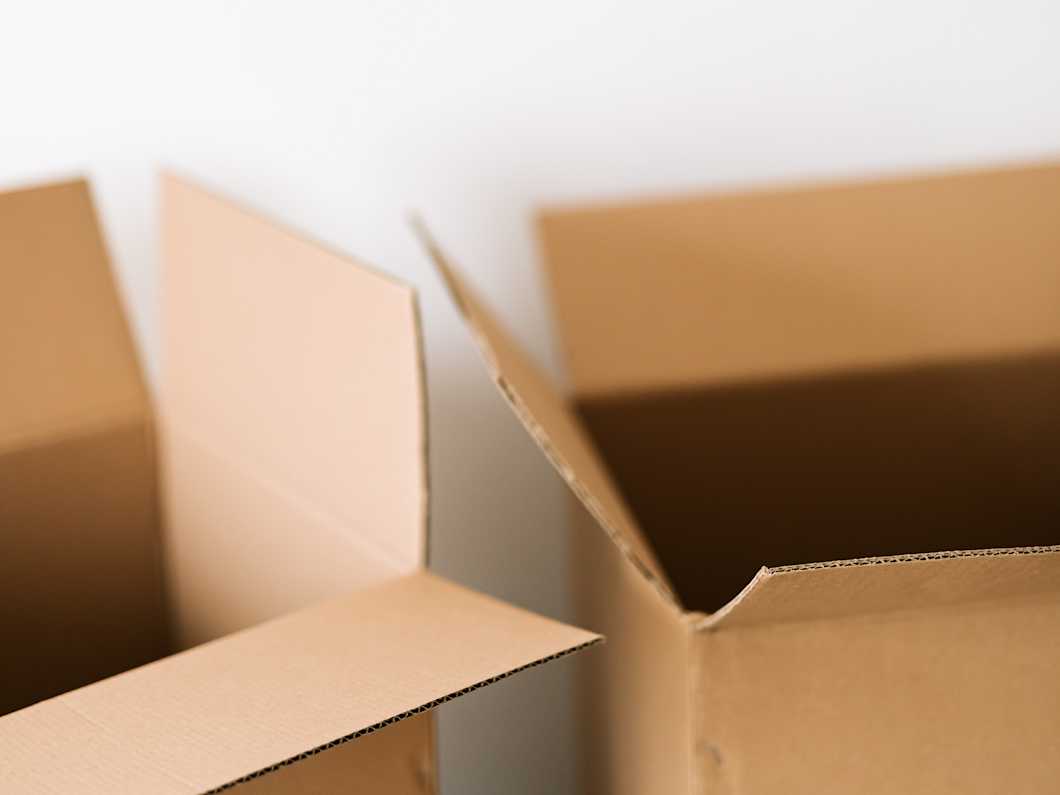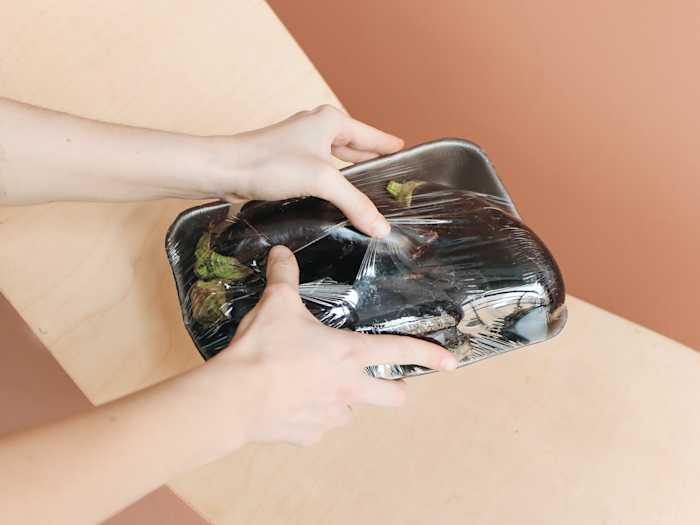Packaging testing

- Fast turnaround times
- Personal service from method experts
- Competitive prices
- Result accuracy guarantee

Strength & durability testing
Mechanical tests ensure that the material used in the package is strong enough to protect what's inside the package during stacking and transportation. We offer many strength tests for paper and board packaging materials, but also for plastics. Se more details about the tests listed below or contact us to get a customized offer for your testing needs.
Horizontal impact test for corrugated cardboard
Puncture resistance of corrugated cardboard
Prices excluding VAT.

Food contact suitability
It is important to make sure the packaging material is suitable to be in contact with food and beverages. In the EU, the Commission Regulation (EU) No 10/2011 requires migration testing of plastic packages, also including bioplastics, and paper/cardboard packages are often tested according to the German BfR XXXVI or other national requirements. The testing plan should be created with both the material and the intended use case in mind, since these alter the conditions of the tests. Measurlabs offers a full range of food contact material tests: overall migration tests, specific migration tests, and assessment of non-intentionally added substances (NIAS).
Overall migration testing – simulant A (10% ethanol)
Overall migration testing – simulant B (3% acetic acid)
Overall migration testing – simulant C (20% ethanol)
Overall migration testing – simulant D1 (50% ethanol)
Overall migration testing – simulant D2e (95% ethanol)
Overall migration testing – simulant E (Tenax)
Overall migration testing – simulant A, B, D2 (all foodstuff)
Sensory analysis – transfer of odor and flavor from food contact materials (DIN 10955)
Specific migration testing – non-intentionally added substances (NIAS), GC-MS
Prices excluding VAT.

Transmission rates
Packages and films used as food containers should be tested for their ability to keep moisture and oxygen outside of the package. We offer a full set of WVTR and OTR analyses for paper, board, films, and finished packages. In addition to oxygen transmission rate, we also offer a test for measuring the transmission on carbon dioxide (CO2). Please see more details in the products displayed below or contact us if you have any questions.
Water vapor transmission rate (WVTR) of packages
Water vapor transmission rate (WVTR) of plastic films and sheeting
Water vapor transmission rate (WVTR) of paper and board
Oxygen transmission rate (OTR) of packages
Oxygen transmission rate (OTR) of plastic films and sheeting
Carbon dioxide (CO2) transmission rate of films and sheeting
Prices excluding VAT.
Contact us to get a quote
Fill in the form, and we'll reply in one business day.
Have questions or need help? Email us at info@measurlabs.com or call our sales team.